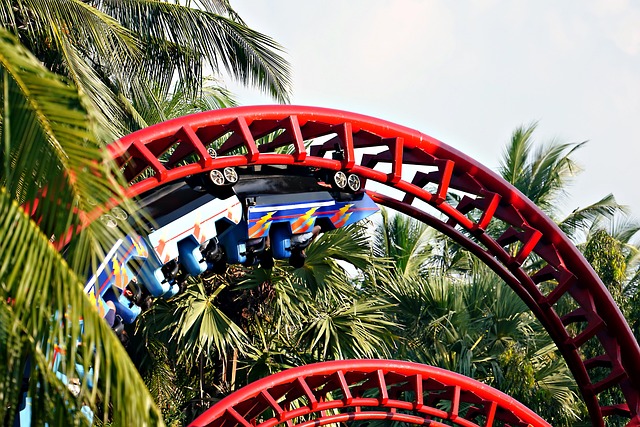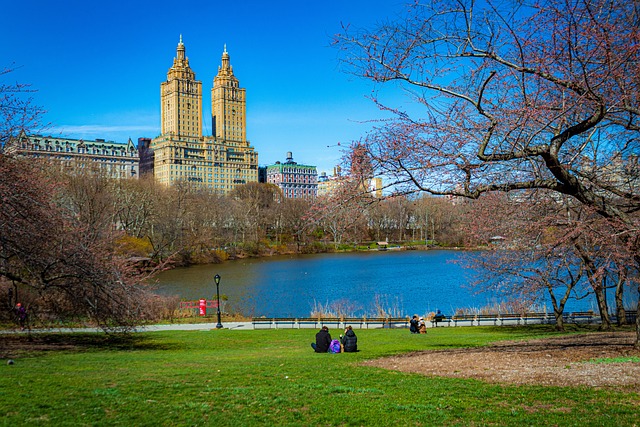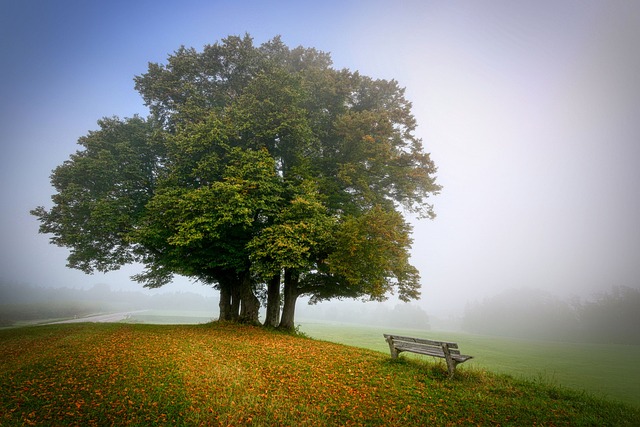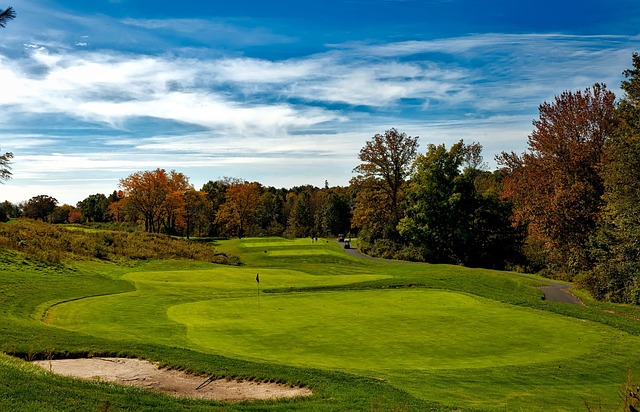Golf courses have transformed into key drivers of real estate development, revitalizing landscapes and boosting local economies. As strategic amenities, they attract residents and investors alike, elevating property values in surrounding areas. This integration has led to the creation of master-planned communities that seamlessly blend golf with urban or suburban settings, fostering healthy living and desirable real estate projects. In today's digital age, outdoor leisure activities like golf significantly enhance property value and foster community engagement through recreational and social opportunities, contributing to a vibrant local market and sustained economic growth.
Golf courses aren’t just about swings and putts; they are dynamic assets within the real estate landscape, playing a pivotal role in community development. This article explores the multifaceted impact of golf courses on property values and local engagement, delving into strategies for optimal design and maintenance. From attracting residents to fostering economic growth, understanding these aspects is crucial for real estate developers aiming to create thriving, vibrant communities.
The Role of Golf Courses in Real Estate Development

Golf courses have emerged as significant contributors to real estate development, transforming landscapes into vibrant communities. Beyond providing recreational spaces, these courses drive economic growth and property values in surrounding areas. Developers often incorporate golf facilities as central amenities, attracting residents and investors alike. The presence of a well-designed golf course can enhance the desirability of nearby residential properties, commercial spaces, and retail outlets, fostering a thriving local market.
The integration of golf into real estate strategies offers a unique selling point for developers, catering to the growing demand for outdoor leisure activities. This trend has led to innovative master-planned communities where golf courses are seamlessly woven into urban or suburban settings, promoting healthy lifestyles and creating desirable living environments. As a result, golf courses not only serve as recreational hubs but also play a pivotal role in shaping the identity and value of real estate projects.
Outdoor Leisure Activities: Enhancing Property Value and Community Engagement

Outdoor leisure activities, including golf courses, play a pivotal role in enhancing property values and fostering community engagement. In today’s digital era, where folks seek solace in nature, these green spaces offer more than just recreational opportunities; they become vibrant centers that attract potential buyers and boost neighborhood appeal. A well-maintained golf course or outdoor leisure facility can significantly increase the desirability of nearby properties, making them more attractive to real estate investors and homebuyers alike.
Moreover, these activities encourage community interaction and a stronger sense of belonging. From local tournaments to casual weekend games, they bring people together, fostering social connections and creating a unique bond between residents and their surroundings. This sense of community engagement not only enriches individual lives but also contributes to the overall vibrancy and sustainability of the area, further elevating its real estate value over time.
Designing and Maintaining Golf Courses for Optimal User Experience

Golf courses, as a key component of real estate investments and outdoor leisure activities, demand meticulous designing and ongoing maintenance to ensure an optimal user experience. The initial design phase involves careful consideration of topography, climate, and local ecosystems to create a diverse yet challenging course that caters to players of all skill levels. Incorporating strategic placement of bunkers, water hazards, and tree lines not only adds complexity but also enhances the aesthetic appeal, making each hole unique and memorable.
Regular maintenance is crucial for preserving the integrity of the course. This includes meticulous greenskeeping, fairway upkeep, and seasonal adjustments to ensure the course remains in top condition year-round. Effective irrigation systems, along with regular fertilisation and pest control, play a vital role in maintaining the quality of the turf. Moreover, continuous monitoring and repair of infrastructure like tees, greens, and drainage systems are essential to provide golfers with a consistent and enjoyable playing experience, fostering loyalty among users and contributing to the long-term success of the real estate venture.






